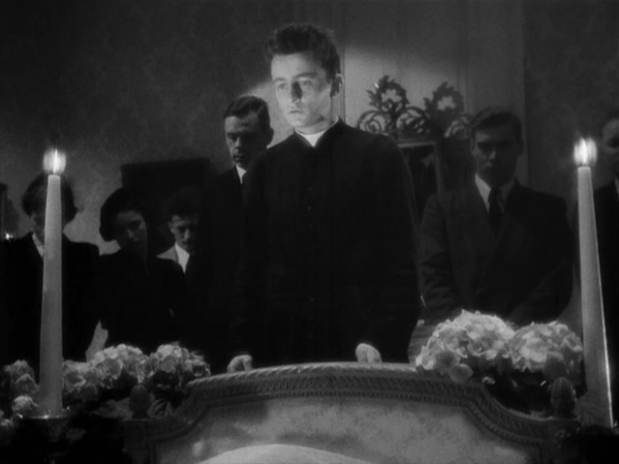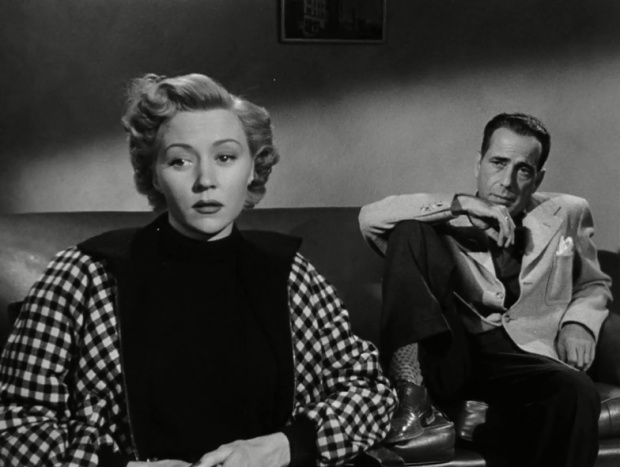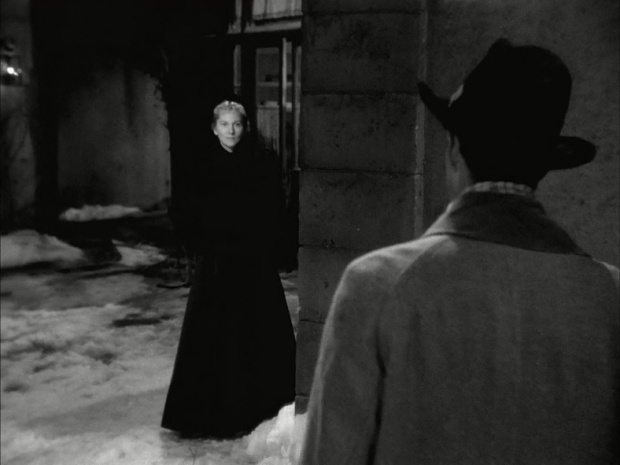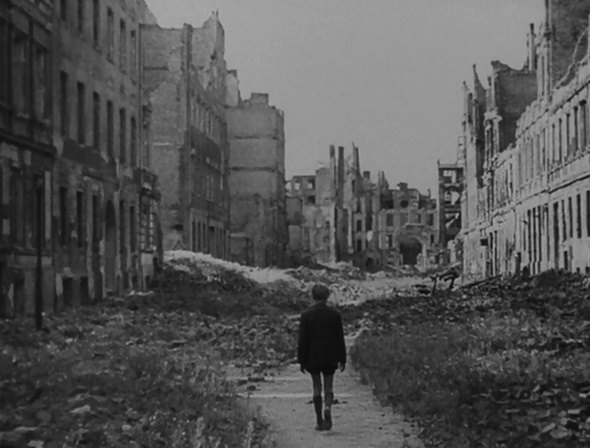
Confessions. Our unnamed titular protagonist pays his respects at the death of the one person who he was able to truly comfort in director Robert Bresson’s meditation on faith and anguish.
This is kind of a big one — our first Robert Bresson film at Fan With a Movie Yammer. Bresson is the most decorated director on the Sight & Sound list, with a remarkable seven films (more than half his total output) earning a spot on the list. Among the most respected and revered of French directors, Bresson is known for his minimalism and use of non-professional actors, and his films are credited with paving the way for the French New Wave of cinema. The director’s third feature, Diary of a Country Priest (Journal d’un curé de campagne, 1951), is his first film on the Sight & Sound list. Featuring unorthodox plotting and a distinctly spiritual bent, Diary of a Country Priest follows the travails of a young priest who has just received control over his first parish. There he meets suspicion and resentment from his parishioners, and his internal struggles — both bodily and spiritually — threaten to consume him. Spare and elegant, but displaying an ever tightening emotional tension (and a wry, satiric bent), Diary of a Country Priest is an exploration of what it means to find consolation in a world full of tragedies and malice. (115 min.) Continue reading








